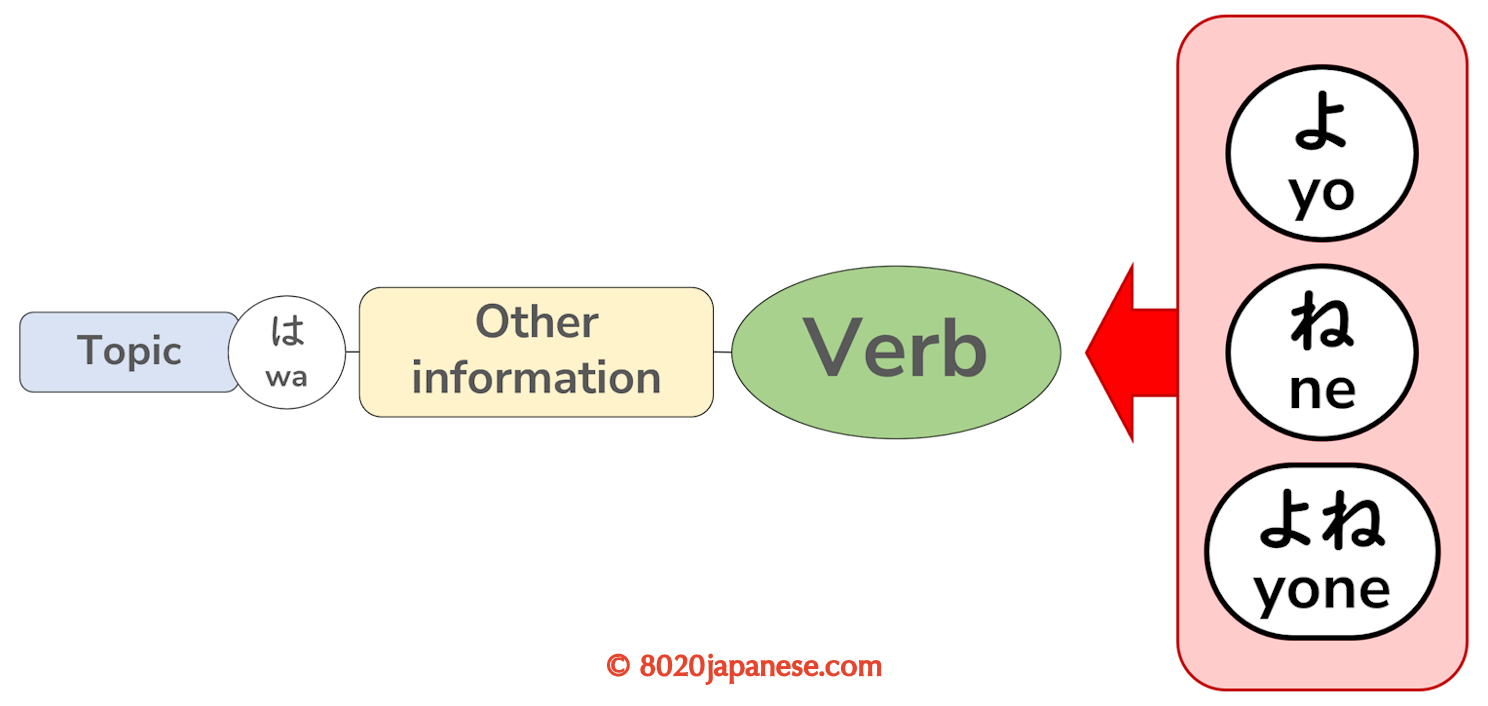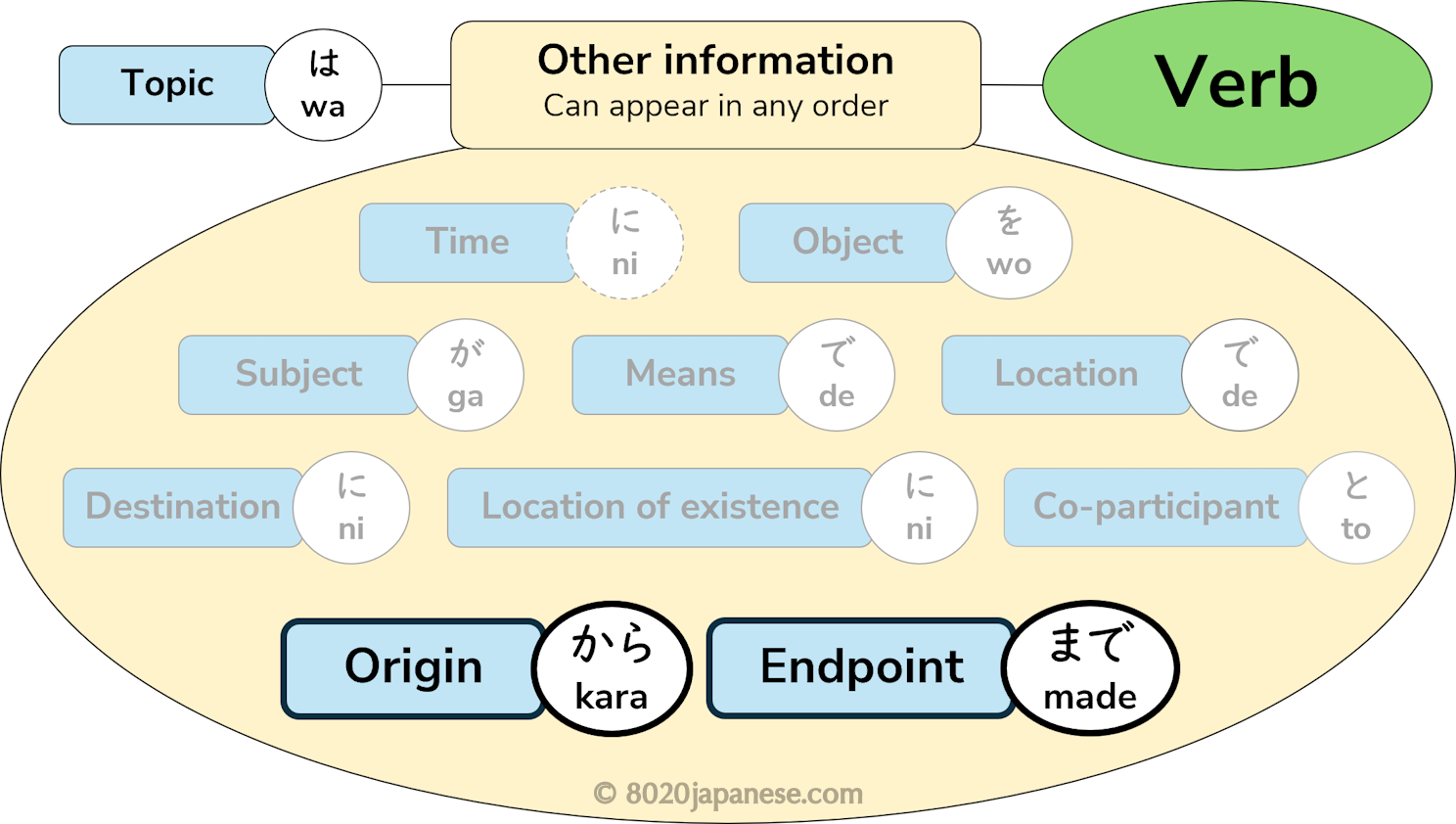Probably the simplest way to build more complex sentences in Japanese is to take two simple sentences and join them together to form one longer sentence.
Just as in English, one of the most common situations where we would do this is when we want to explain the reason for doing something or to show cause and effect. That is, to say something like:
I did Y, because X happened.
Here, the word “because” is joining two separate statements – “I did Y” and “X happened” – and in doing so, explains that one of these actions is the reason for the other one.
Another way to express the above sentence is like this:
X happened, so I did Y.
This is the same information, but we’ve swapped the order of the statements and used “so” instead of “because”.
In this article, we will see how we can use the particles “kara” and “node” to connect two actions together in this way to effectively say “so” or because”.
We’re also going to do this in both polite and informal Japanese, and we will see how the rules apply slightly differently in each case.






